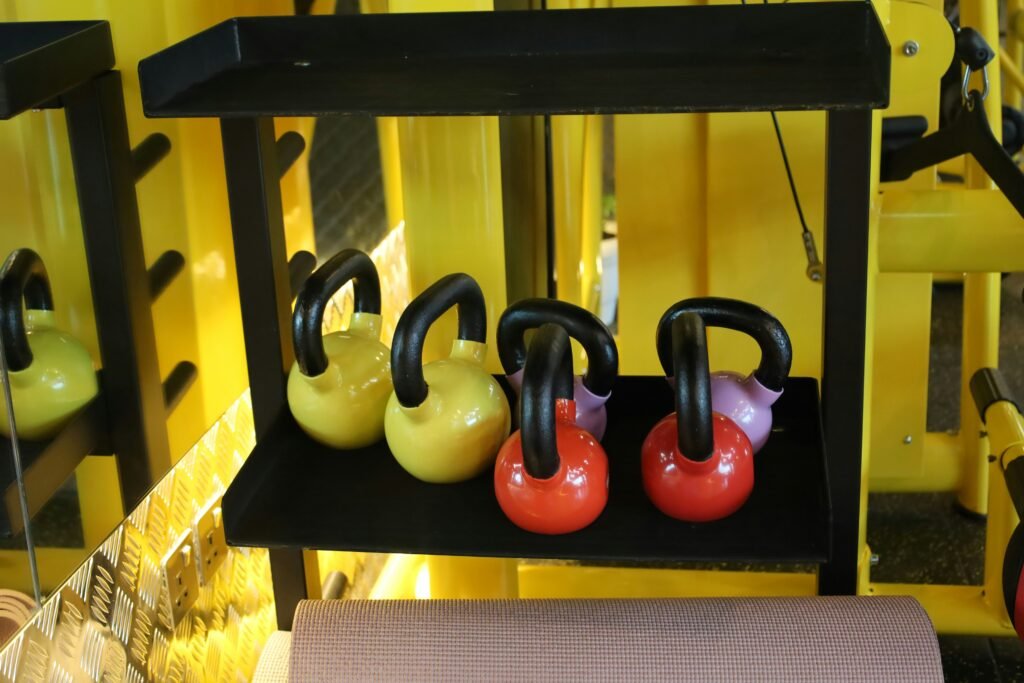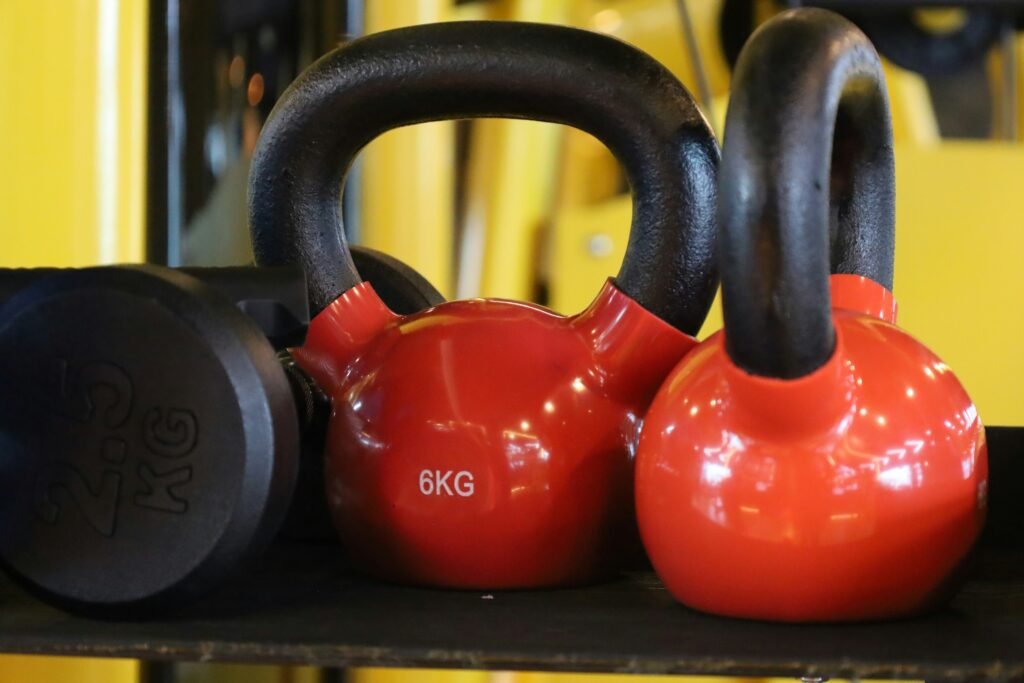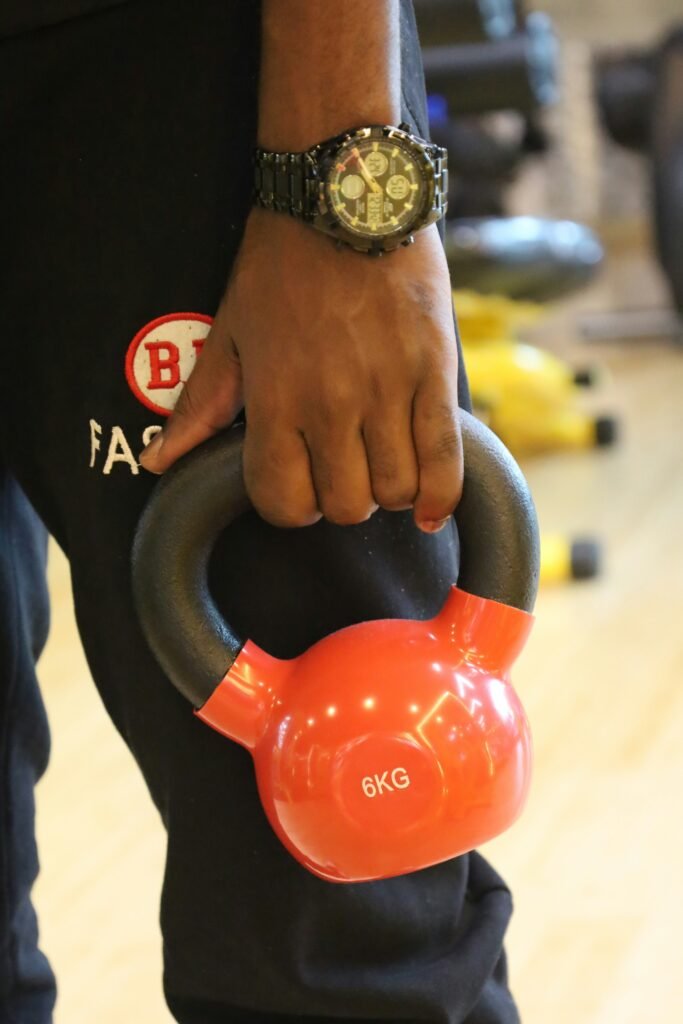Are you curious about fitness benchmarks based on your age and gender?
Let’s break down the fitness benchmarks for different age groups and genders to help you understand where you stand and how you can improve your fitness levels.

Understanding Fitness Benchmarks
Fitness benchmarks are specific goals or standards that individuals can aim to achieve in various aspects of fitness, such as cardiovascular endurance, strength, flexibility, and body composition. These benchmarks can vary based on age and gender, as different factors come into play for each group. By understanding these benchmarks, you can set realistic goals and track your progress effectively.
Cardiovascular Endurance
Cardiovascular endurance is the ability of your heart, lungs, and blood vessels to deliver oxygen to your body’s tissues during sustained physical activity. It is essential for overall health and fitness and can be measured by tests like running, biking, or swimming for a specific time or distance. The benchmarks for cardiovascular endurance can vary based on age and gender, with younger individuals typically having higher levels of endurance compared to older individuals.
Strength
Strength is the ability of your muscles to exert force against resistance and is crucial for everyday activities and overall functionality. It can be measured by tests like push-ups, pull-ups, or lifting weights for a certain number of repetitions. Strength benchmarks can differ based on age and gender, as men generally have greater muscle mass and strength compared to women.
Flexibility
Flexibility is the range of motion in a joint or group of joints and is important for preventing injuries and maintaining mobility. It can be measured by tests like the sit-and-reach test or various yoga poses. Age and gender can influence flexibility benchmarks, with younger individuals usually being more flexible than older individuals.

Body Composition
Body composition refers to the proportion of fat, muscle, bone, and water in your body and is a key indicator of overall health and fitness. It can be measured using methods like body mass index (BMI), body fat percentage, or waist circumference. Body composition benchmarks can vary based on age and gender, as factors like hormonal changes and metabolism can influence how your body stores fat and builds muscle.
Fitness Benchmarks by Age and Gender
Now, let’s dive into the specific fitness benchmarks by age and gender to help you better understand where you stand and how you can work towards improving your fitness levels.
Fitness Benchmarks for Children and Adolescents
Children and adolescents have unique fitness benchmarks based on their developing bodies and growth stages. The focus for this age group is on overall physical activity levels and skill development rather than specific performance measures. Encouraging children and adolescents to participate in various activities like sports, dance, or outdoor play can help promote healthy habits and fitness levels.
Fitness Benchmarks for Young Adults (18-39)
Young adults typically peak in their physical fitness levels during this age range, so the benchmarks tend to be higher compared to other age groups. Cardiorespiratory fitness, muscular strength, and flexibility are important components to focus on during this stage. Regular exercise, proper nutrition, and adequate rest can help maintain and improve fitness levels in young adults.
Fitness Benchmarks for Middle-Aged Adults (40-59)
Middle-aged adults may start to experience declines in certain aspects of fitness, such as cardiovascular endurance and muscle mass. The focus for this age group is on maintaining overall health and preventing age-related declines in fitness. Incorporating a mix of cardio, strength training, and flexibility exercises can help middle-aged adults stay fit and healthy.
Fitness Benchmarks for Older Adults (60+)
Older adults have unique fitness benchmarks due to age-related changes in the body, such as decreased muscle mass, bone density, and flexibility. The focus for this age group is on activities that promote balance, coordination, and functional movements to support daily living activities. Low-impact exercises like walking, swimming, or tai chi can help older adults maintain their fitness levels and prevent falls and injuries.

How to Improve Your Fitness Levels
Regardless of your age and gender, there are various ways to improve your fitness levels and work towards achieving your fitness benchmarks. Here are some tips to help you get started:
- Start with a comprehensive fitness assessment to determine your current fitness levels and identify areas for improvement.
- Set specific, measurable, achievable, relevant, and time-bound (SMART) goals to keep you motivated and on track.
- Incorporate a mix of cardio, strength training, flexibility, and balance exercises into your weekly routine to target all aspects of fitness.
- Listen to your body and adjust your workouts based on how you feel to prevent overtraining and injuries.
- Stay consistent with your exercise routine and make healthy lifestyle choices to support your fitness goals.
By following these tips and staying committed to your fitness journey, you can make progress towards achieving your fitness benchmarks and improving your overall health and well-being.
Conclusion
Fitness benchmarks based on age and gender can serve as useful guidelines to help you understand where you stand in terms of your fitness levels and where you can improve. By setting realistic goals, staying consistent with your workouts, and making healthy choices, you can work towards achieving your fitness benchmarks and lead a healthier, more active lifestyle. Remember that fitness is a journey, not a destination, so enjoy the process and celebrate your progress along the way.